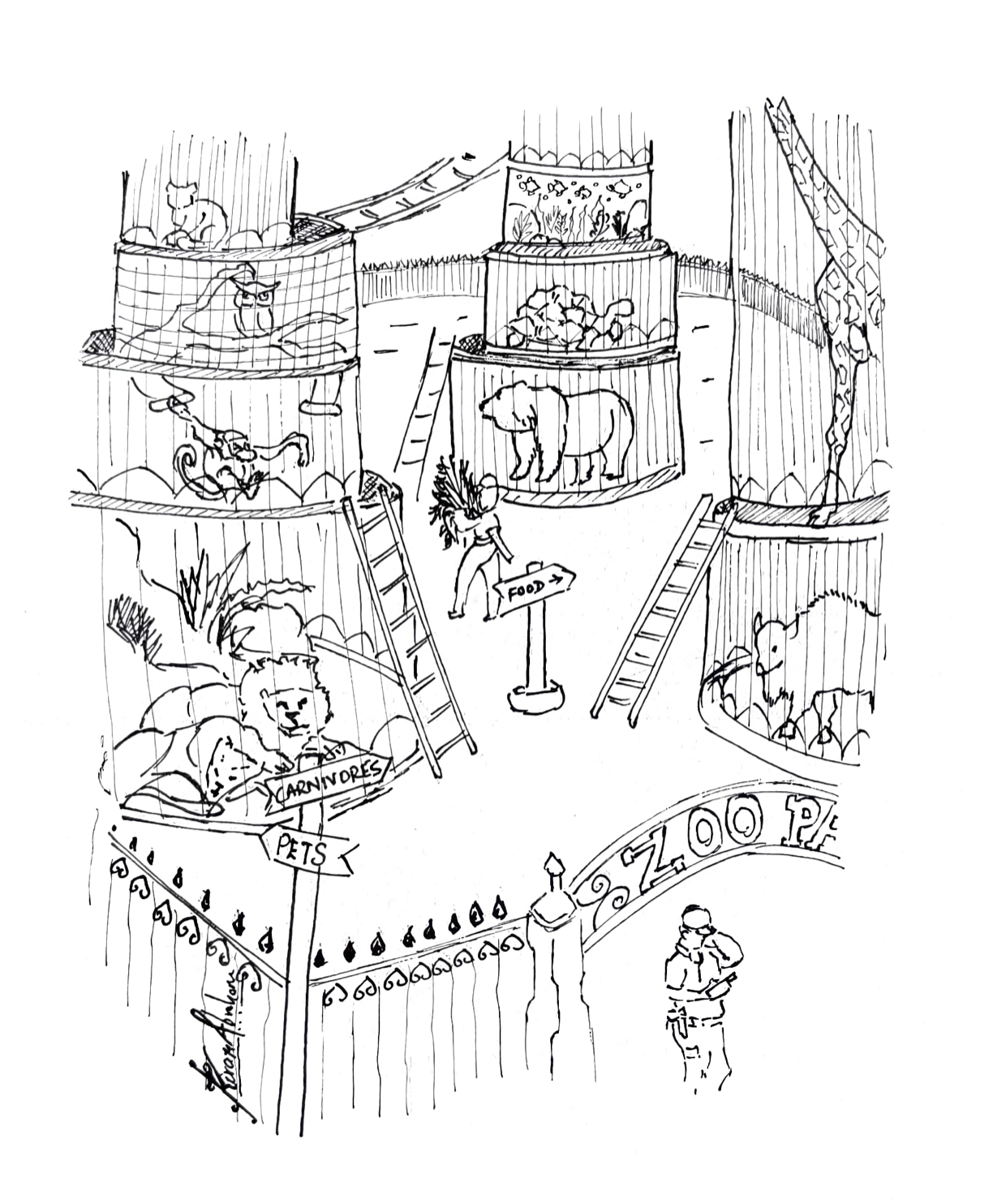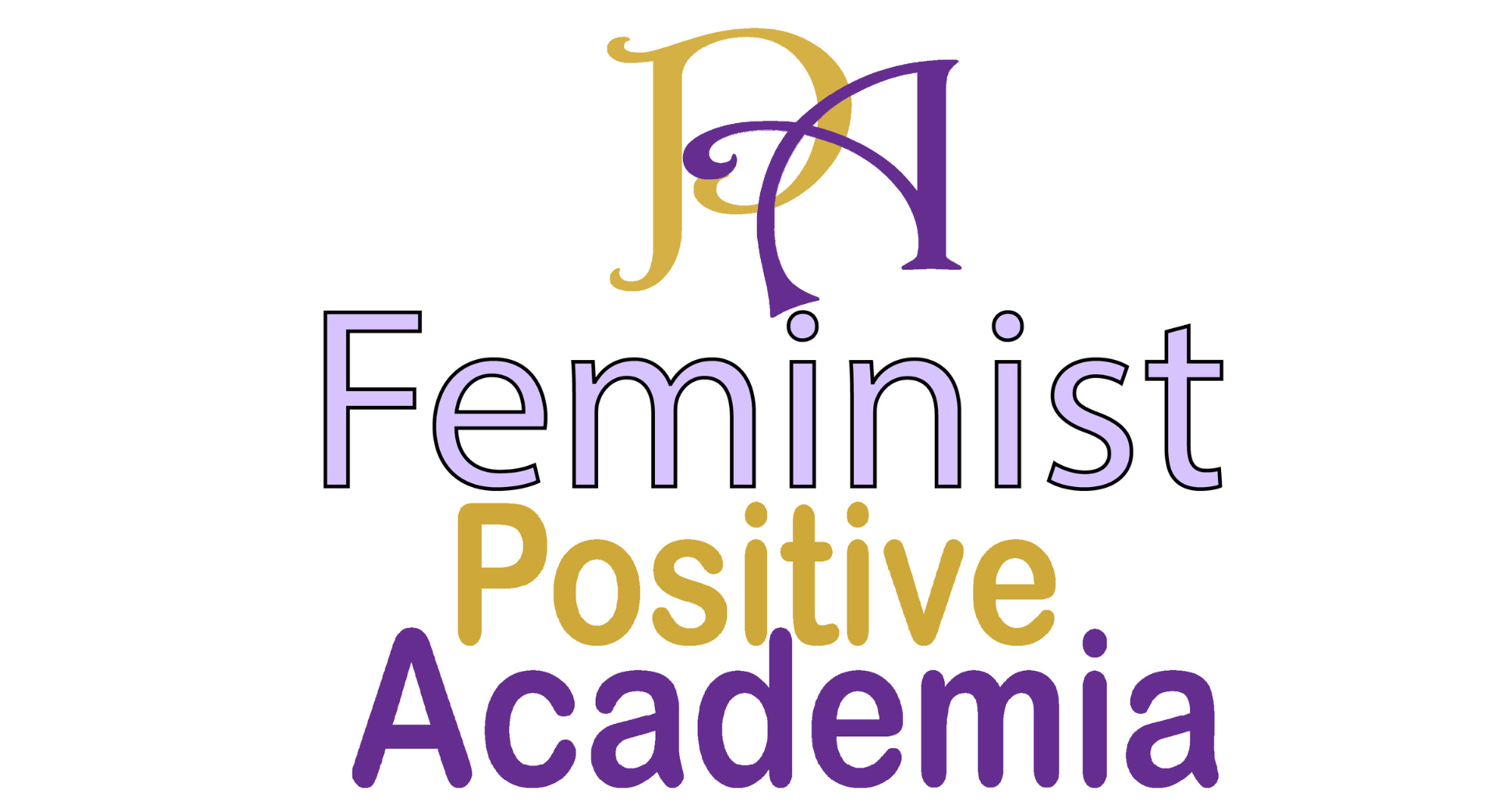
Illustrated by Kiran Abraham Stephen
In the Academic Zoo stood a rickety ladder that led to the most prestigious platform filled with exotic foods, cosy bedding and the best view of the whole zoo. The lions and monkeys climbed effortlessly, their strides long and their grips firm.
But for smaller animals – rabbits, turtles, and hedgehogs – the ladder appeared to be an impossible task. The zookeepers dismissed their struggles. “The ladder is fair, and anyone can climb if they are capable.”
One day, a resilient turtle decided to take action. She started to crave notches into the rungs, making them easier to grip. The hedgehogs added padding to the slippery parts, and the rabbits built resting spots along the way. Together, the animals transformed the ladder into a staircase that everyone could ascend, regardless of size or strength.
The zookeepers were shocked. “But this will make it too easy!” they said. The turtle smiled. “It will make it inclusive and equitable.”
Moral – Inclusion and equity in academia do not result from rigid systems but from collectively changing them to lift everyone up.
How do you contribute to making systems accessible to all?
What are your strategies for contributing to collective change-making?
Christa & Anne-Wil

